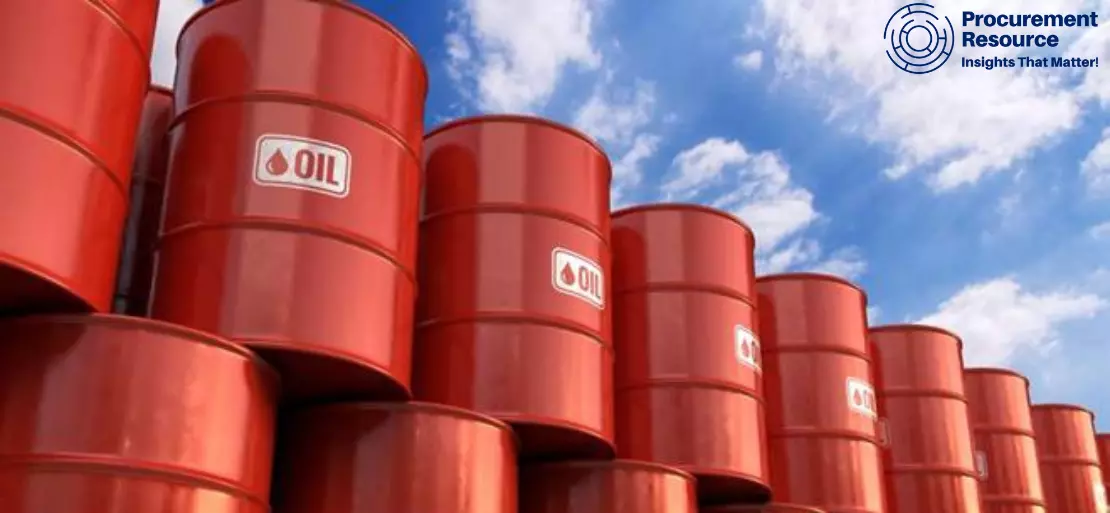Storms in the United States Cause a Stir in the Global Oil Market

The Atlantic hurricane season in the United States has caused major damages, not just physically but economically as well. With storms striking on the eastern coast of North America, many oil fields have been emptied due to the rising wind speed and waves.
The continuously approaching storms, such as hurricane Cristobel (June 7th) to hurricane Laura (August 27th) to hurricane Gustav (August 31st), and hurricane Sally (September 17th), posed a massive threat to the United States’ offshore oil rigs in the Atlantic Ocean.
This continuous threat has forced many oil companies to shut down their operations temporarily. This halt in operation and the extraction of oil caused severe changes in the United States’ oil industry, leading to a significant change in the global oil industry.
As a precaution for the approaching storms, the United States energy industry prepared itself by cutting crude production at a rate approaching the level of 2005’s Hurricane Katrina and halting oil refining plants along the Texas-Louisiana coast.
Followed by significant warnings of the hurricane Laura, oil producers initially stopped 13% of the crude oil production. Later, due to the fast approaching hurricane Laura, the oil producers evacuated 310 offshore facilities and shut nearly 1.56 million barrels per day of crude output including 84% of the Gulf of Mexico’s offshore production, almost matching the 90% outage during hurricane Katrina 15 years ago. The storm made landfall on 27th August 2020 in an area which accounts for more than 45% of the total United States petroleum refining capacity and 17% of the oil production.
The storm significantly surged through Galveston to the Sabine River, which is the area with some of the region’s largest refineries and, thus, causing significant damage to them.
Refiners, which also produce gasoline and diesel fuel, took some steps to halt a total of 9 facilities that process nearly 2.9 million barrels per day of oil, which constitutes a total of 14.6% of the entire capacity of the United States market.
Cheiniere Energy Inc, the largest exporter of liquified gas in the United States, suspended its operations and evacuated staff at its Sabine Pass LNG export terminal at the Texas/Louisiana border.
The impact of these chains of hurricanes is still less than hurricane Harvey, which forced the shutdown of one quarter of the entire United States’ refining capacity, about three years ago. As a result of the continuous shutdown caused by the hurricanes, the United States gasoline futures have jumped by as much as 10%, while crude benchmarks were settled at a five-month high in August. Total SA, Valero Energy, and Motiva Enterprises also cut their operations at their Port Arthur, Texas refineries.
Due to the continuous disturbances in the production lines and operations in the offshore oil rigs of the United States, the country, which is the largest exporter of refined petroleum, was unable to meet the market demand of crude oil.
Exxon Mobil Corp., one of the largest oil producers in the world, also began shutting production at its large Beaumont, Texas refinery. It also reduced the production at Baytown, Texas, plant ahead of an expected shutdown. If the Baytown plant also fully shuts down along with other refineries, the total shutdowns along the coast would hit nearly 2.89 million barrels per day.
People across the oil industry are already under pressure from the slow economic recovery due to the pandemic. Amid these concerns regarding the slow economic progress, the United States’ jobless claims remain high.
Due to the continuous surge from the storms and disturbed production chains with the lack of labour and poor weather conditions, the United States’ oil industry was put to a halt, but it soon plans to resume operation after Hurricane Sally in order to maintain a supply-demand balance. This balance is also required to maintain the economic recovery.




